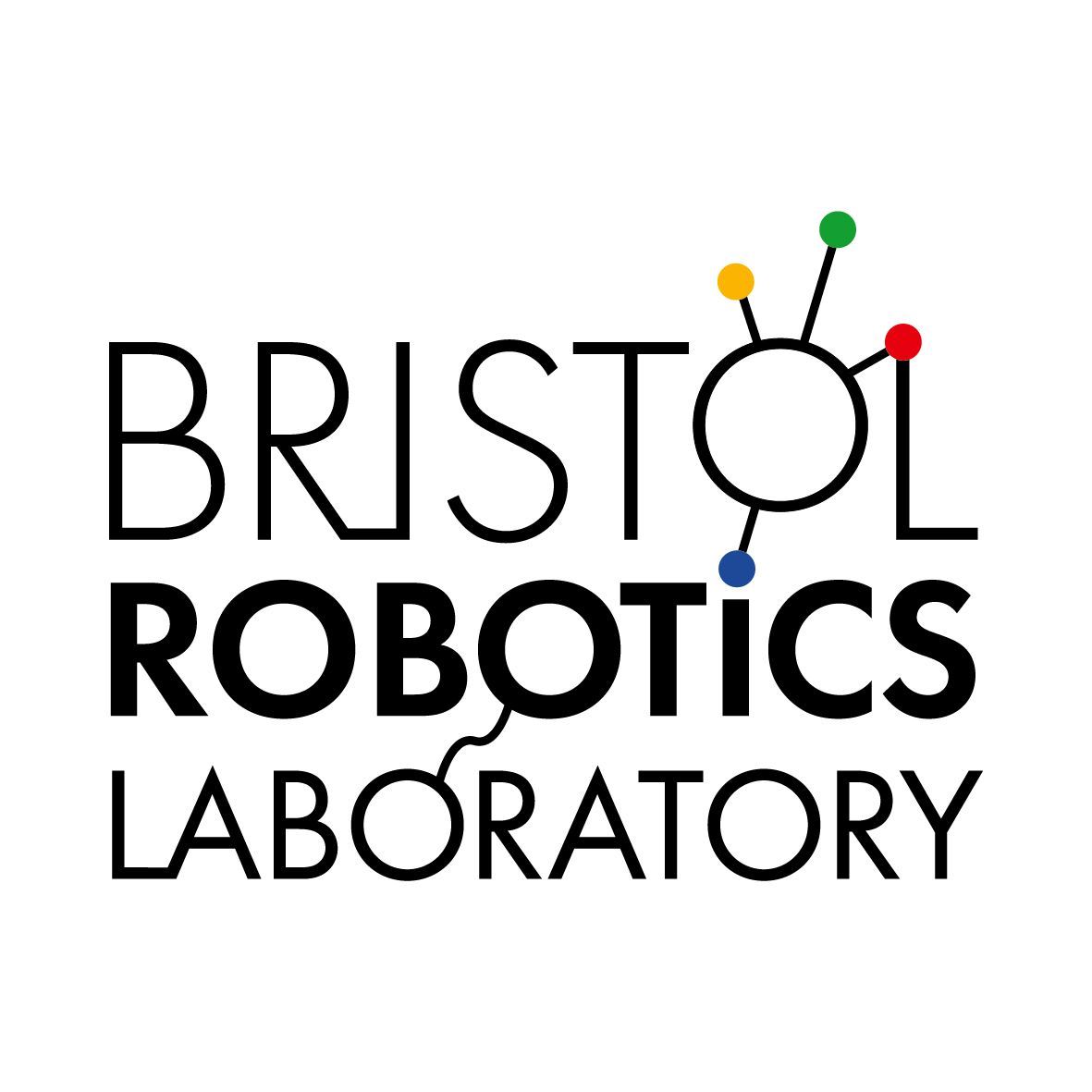Robot stomachs: powering machines with garbage and pee
Less than twenty miles away from the GENco plant, Professor Loannis Leropoulos of the University of Bristol’s Robotics Laboratory is working on the next generation of bio-engineered fuel cells. Last week, Dr. Leropoulos demonstrated his revolutionary Microbial Fuel Cells (MFCs) for me. As witnessed, he is not just inspired by nature, but harnessing its beauty to power the next generation of robots. The MFCs mimic an animal’s stomach with microbes breaking down food to create adenosine triphosphate (ATP).
The Bristol lab began building MFCs to power its suite of EcoBots. “I started this journey about twenty years ago with the main purpose of building sustainable autonomous robots for remote area access,” reflects Leropoulos. He was inspired by Dr. Stuart Wilkinson’s Gastrobot in the early 2000s that first promoted the idea of “an intelligent machine that digests real food for energy.” At the time the media hyped Wilkinson’s invention as a flesh-eating robot, when in reality it digested sugar cubes, turning the carbohydrates into electrical energy. Unfortunately, the Gastrobot’s clumsy oversized form factor suffered from long charging times with an 18-hour “carbo-loading” process for every 15 minutes of power....

